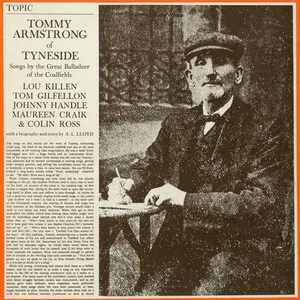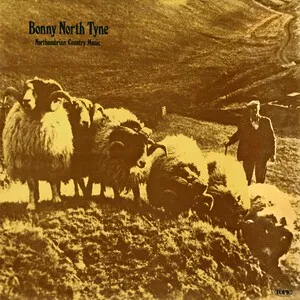
Northumbrian folk music is the traditional music of Northumberland and the adjoining Tyneside and Border regions of North East England. It is best known for its distinctive piping tradition, especially the Northumbrian smallpipes with their sweet, closed-fingering, staccato articulation and sustaining drones.
Repertoire centers on dance tunes—hornpipes, reels, jigs, slip jigs, rants, and marches—alongside slow airs and locally rooted songs. Typical keys and modes favor fiddle- and pipe-friendly tonalities (G, D, A; major and mixolydian), while accompaniment is often sparse to keep space for the melody and drones. The tradition carries a strong sense of place, with tunes and song texts referencing local landscapes, trades (mining, fishing), and dialect.
Written sources for the regional instrumental style appear in the 18th century, notably the William Dixon manuscript (1730s) of Border tunes and, later, collections associated with early smallpipe players such as John Peacock. During the 19th century, dance music for fiddle and pipes flourished in local social settings—assemblies, fairs, and village dances—shaping a repertoire of hornpipes, reels, jigs, and the characteristic Northumbrian "rants".
The Northumbrian smallpipes, with their closed chanter and bellows, became the emblem of the region’s sound. Their tight, staccato phrasing and stable drones encouraged a precise, ornamented melodic style, distinct from Scottish Highland piping and from broader English fiddle idioms. Fiddle, concertina, and mouth organ also anchored local dance bands and pub sessions.
In the early–mid 20th century, key pipers such as Tom Clough, Jack Armstrong, and Billy Pigg helped codify technique and repertoire. The Northumbrian Pipers’ Society (founded 1928) nurtured teaching, publishing, and instrument making, sustaining a living tradition through wartime and postwar years.
From the 1960s onward, the British folk revival brought Northumbrian music to wider audiences. The High Level Ranters, Alistair Anderson, and later Kathryn Tickell recorded and toured extensively, solidifying the international profile of the smallpipes and the region’s tunes and songs.
Today the tradition thrives in sessions, competitions, festivals, and teaching programs. New compositions sit comfortably alongside canonical pieces like "Morpeth Rant" and "Lads of Alnwick," while makers continue to refine instruments. The style’s clear regional stamp—melodic economy, crisp articulation, and dance vitality—remains intact even as modern accompaniments and cross‑border collaborations appear.







